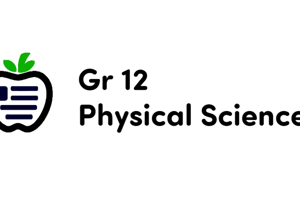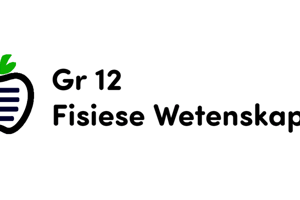Podcast
Questions and Answers
In an exothermic reaction, the temperature of the surroundings will...
In an exothermic reaction, the temperature of the surroundings will...
increase
In an endothermic reaction, the temperature of the surroundings will...
In an endothermic reaction, the temperature of the surroundings will...
decrease
What term describes a reaction in which the reactants have more energy than the products?
What term describes a reaction in which the reactants have more energy than the products?
exothermic
What term describes a reaction in which the products have more energy than the reactants?
What term describes a reaction in which the products have more energy than the reactants?
What type of reaction is cooking an egg?
What type of reaction is cooking an egg?
What process is photosynthesis classified as?
What process is photosynthesis classified as?
What happens to heat in an exothermic reaction?
What happens to heat in an exothermic reaction?
What happens to heat in an endothermic reaction?
What happens to heat in an endothermic reaction?
What type of reaction are air activated hand warmers considered?
What type of reaction are air activated hand warmers considered?
What type of reaction is lighting a match?
What type of reaction is lighting a match?
What type of reaction are light sticks classified as?
What type of reaction are light sticks classified as?
What type of reaction is a campfire?
What type of reaction is a campfire?
What type of reaction do fireflies undergo?
What type of reaction do fireflies undergo?
What is the definition of an exothermic reaction?
What is the definition of an exothermic reaction?
What is the definition of an endothermic reaction?
What is the definition of an endothermic reaction?
Flashcards are hidden until you start studying
Study Notes
Endothermic and Exothermic Reactions
- Exothermic reactions increase the temperature of the surroundings, releasing heat.
- Endothermic reactions decrease the temperature of the surroundings, absorbing heat.
- In exothermic reactions, reactants possess more energy than products, leading to energy release.
- In endothermic reactions, products have more energy than reactants, requiring energy input.
Energy Level Diagrams
- Exothermic reactions are illustrated with energy level diagrams showing a drop in energy levels from reactants to products.
- Endothermic reactions are shown with energy level diagrams that indicate an increase in energy levels from reactants to products.
Examples of Endothermic Reactions
- Cooking an egg involves heat absorption from the pan.
- Photosynthesis occurs as plants absorb heat from sunlight.
Examples of Exothermic Reactions
- Air-activated hand warmers release heat, making them useful in cold weather.
- Lighting a match produces heat as it ignites.
- Light sticks release both heat and light when activated.
- A campfire releases heat as wood burns.
- Fireflies demonstrate exothermic reactions by producing light on warm spring days.
Definitions
- Exothermic reactions convert chemical energy to thermal energy, releasing heat in the process.
- Endothermic reactions convert thermal energy to chemical energy, absorbing heat during the reaction.
Heat Flow in Reactions
- Heat leaves the system in exothermic reactions, making heat a product.
- Heat enters the system in endothermic reactions, making heat a reactant.
Studying That Suits You
Use AI to generate personalized quizzes and flashcards to suit your learning preferences.




